My Exact Step-by-Step Process for Spotting Greenwashing
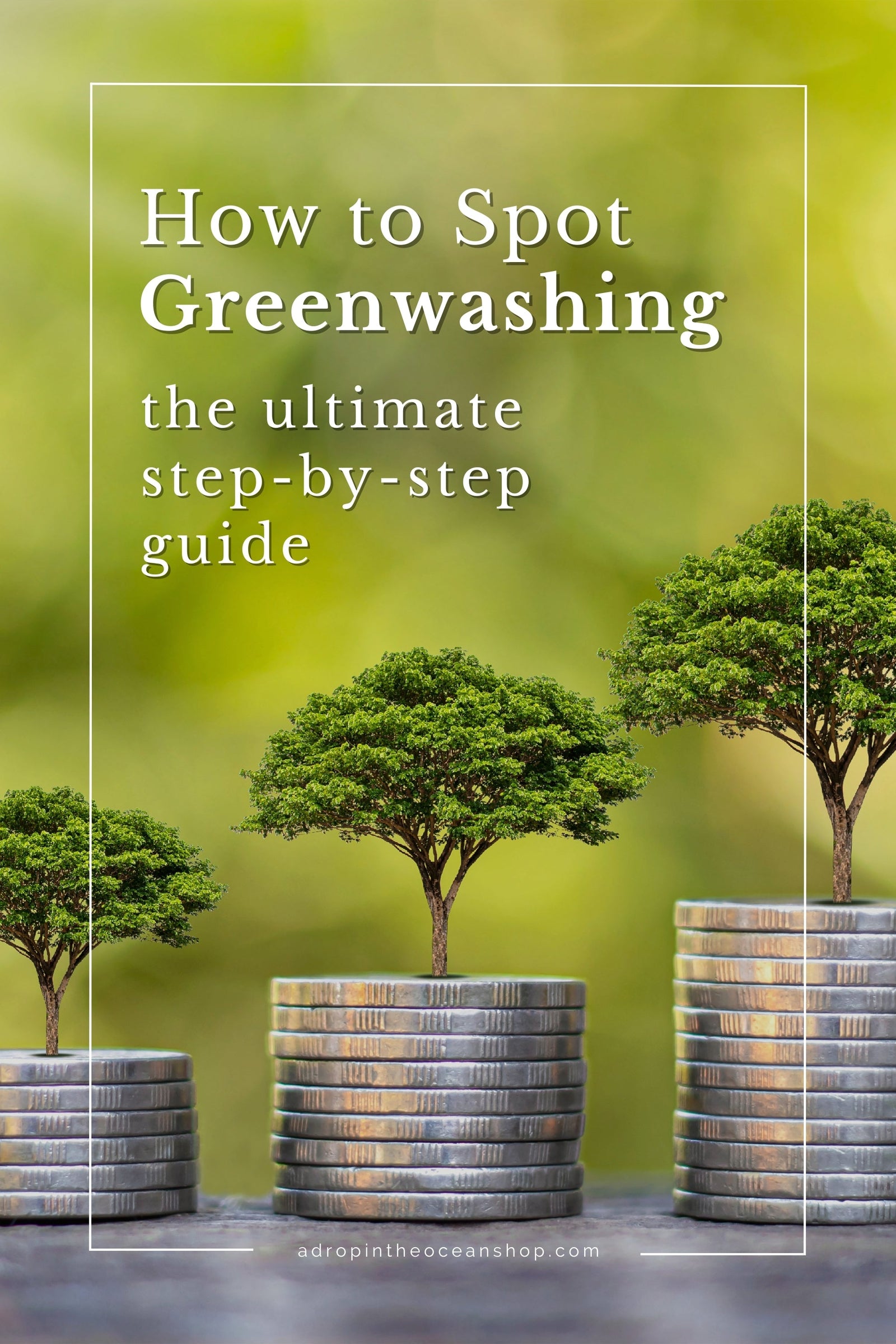
This post first appeared in our weekly Make Waves Mondays email series on March 4, 2024.
Okay SO.
If you’ve been part of the EcoWarriors for a minute, you know that one of my biggest pet peeves is greenwashing.
And if you’re new around here, hello! 👋👋 I’m Krystina, and I absolutely ~hate~ greenwashing and have been known to call it out on the reg.
I talk about it so often that it’s actually pretty common for members of this community to email me with links to companies or products asking for my thoughts on them and whether they’re actually sustainable or not.
And this week, I actually received two requests like this from two different EcoWarriors asking me about the same company that I’d never heard of a week ago.
So I did my usual deep-dive and ultimately decided that the company wasn’t greenwashing and they definitely appear to be doing the right things.
But then I thought…I should actually create some sort of guide for how I actually go through the process of vetting a new product or company for the first time. 😲 That would be so dang useful for this community!
So that’s what we’re doing today.
Today, I’m walking you through the exact process that I use to determine whether a company or product is actually sustainable or greenwashing…or if they’re somewhere in between.
Here’s how this is going to work:
First, I’m going to start by just outlining my basic process:
- the pages I visit on a new website (in the general order I visit them),
- the information I’m looking for on each page, and
- the questions I’m asking.
Then, I’m going to share some screenshots and my actual stream-of-consciousness notes that I took while going through the process with two different companies today, and my overall thoughts and conclusions based on what I found.
Please note that I am not going to share the names of the companies or link back to them, since the goal of today’s post is to outline the process and the questions I ask - not to actually evaluate specific companies.
Okay…
Ya ready?? Let’s do it. 💪

So you’ve just stumbled across a company for the first time that’s claiming to be sustainable.
How do you know if they’re actually a sustainable brand or if they’re greenwashing you?
Here’s the general process that I follow when I land on a company’s website for the first time.
Home Page
Of course, this is where I always start. The home page is home base for the brand. I want to know what they’re highlighting.
What is the product or service?
- First things first - what are they selling?
What are the main headlines?
- What are the things they want you to see first?
- Are they using a lot of buzzwords they know you want to hear? (e.g. sustainable, green, eco-friendly, all-natural, etc.)
- Do they have additional info to back up their headlines and the buzzwords they’re using? Ideally links to other pages with more information - not just a subheading.
✨ Basically, the home page should serve as a brand introduction and a jumping off point to learn more about them, their practices, and their products.
Sustainability Page
If they have a sustainability page (or something similar), this is typically where I go next.
Quick aside: I’m hoping to get a comprehensive sustainability page up for A Drop in the Ocean this year. We’ve got lots of info all over our website, but I want to compile it all onto one page to make it exceptionally easy to find and digest. So while we don’t have one right now, it’s on my to-do list for this summer! In the meantime, we do have this comprehensive blog post about how zero waste A Drop in the Ocean really is.
How specific or thorough is the information they’re sharing?
- Are they providing actual information, or throwing around more buzzwords with nothing to back them up?
What are their products made of?
- “Plant-based” is not enough.
- What is the end-of-life for their products?
- If the product or packaging is “compostable,” is it home compostable or industrial compostable? Are there extra steps you need to take before it’s compostable?
- If the product is “refillable,” how are the refills packaged?
- If they have a take-back program, what happens to the products sent back to them?
- If the company will repair a broken product, what is that process like for the consumer? What happens if the product is broken beyond repair?
Do they have any other sustainability efforts?
- Are their products made with renewable energy?
- Do they donate to nonprofits?
- Are they fully transparent about how much they donate and to whom?
- Do they have any third-party certifications?
- What do those certifications really mean?
- What else do they want me to know about their sustainability efforts?
✨ If all of these questions are not answered on the sustainability page, it doesn’t mean the information isn’t available elsewhere. These are questions that I’m looking for answers to across the entire website. If at the end of the entire process I don’t have answers to any of these questions, that’s a red flag.
Product Page
Now that I have a general idea of what the company does and what their sustainability focus is, it’s time to look at the products themselves.
Where are their materials / ingredients listed?
- Are they very clearly available on the product page?
- Are they hidden behind an inconspicuous button?
- Are they on a completely different page?
What are their products made of?
- “Plant-based” is not enough.
What is the end-of-life for their products?
- If the product or packaging is “compostable,” is it home compostable or industrial compostable? Are there extra steps you need to take before it’s compostable?
- If the product is “refillable,” how are the refills packaged?
- If something should be thrown away, are they honest about that?
- If they have a take-back program, what happens to the products sent back to them?
- If the company will repair a broken product, what is that process like for the consumer? What happens if the product is broken beyond repair?
How are their products packaged?
- Is there superfluous packaging?
- Are they marketing their products as “refillable”? If so, what does the refill process look like?
- What is the end-of-life for the packaging?
- If something should be thrown away, are they honest about that?
✨ The more information available on a product page, the happier I am. I want ALL the information I could possibly need about that product without having to go digging for it somewhere else.
FAQ Page
The FAQ page typically gives more specific answers to some of the above questions.
I ALWAYS check the FAQ page - ESPECIALLY if the questions I’ve asked on any of the previous pages have not been answered.
✨ I’m not always looking for something specific on the FAQ page if the company has done a good job of answering all of my questions before I get there. But I always like to check just to make sure I understand correctly what they do and how they do it, and see if they have any other information I should be aware of.
About Page
I always like to read the About page. This will often give you a clue into how the company came to be, the size of the company, who owns the company, and any significant milestones.
Blog
I like to give the blog a quick look, just to see if there’s any other info readily available that might not be listed anywhere else, or if there’s a more long-form answer to one of my questions above.
Quick aside: There’s SO much info on our blog about our sustainability practices, where our products come from, how we ship orders, and more. It’s another task on my neverending to-do list to get all of those centralized in one location, or at least more easily identified. So stay tuned!
Okay…So let’s look at a couple of examples and my actual thought process while going through them.
I know that seems like a lot, and I won’t lie to you.
Compared to the blissful ignorance of my pre-zero waste days, it is.

But over time it just becomes second nature.
And hopefully through these next two real-life examples, you’ll see how it actually works in practice.
I would like to reiterate here that while there will also be some screenshots, I’m not going to share the names of the companies or link back to them, since the goal of today’s post is to outline the process and the questions I ask - not to actually evaluate specific companies. I have also covered any logos and company names in the screenshots with blue squares.
You’ll also notice that the pages I visited and the order might be slightly different than the outline above.
This is actually why I decided to break this post down into these two sections - so you can see the overall, general process I follow and how it actually plays out in real life.
“Company A”
I’m gonna be needing to replace some of my pre-zero waste makeup very soon, so I decided that would be a good place to start for this post! I found a thread on Reddit about zero waste makeup brands, and found this one I’d never heard of before.
Here are my actual, real-life, stream-of-consciousness thoughts I had while reviewing it for the first time:
Home Page

- This home page doesn’t really give any info.
- Goes straight to product listings, there’s no intro to the brand or sustainability (even though their main headline is “Artistry + Sustainability”).
- I need more info about the brand before anything else.
About Page
- Lots of photos and three sentences about the founder.
- That’s it.
- There’s still no info about the brand.
- I need more info.
FAQ Page
- Okay…a little more info about packaging, but still basically nothing.
- Let’s go to the product page and see what’s there.
Product Page A - Lip + Cheek Refills

- No packaging photos.
- Okay, the packaging description is included in the product description, but it’s very wordy and a bit difficult to follow.
- Ingredients clearly listed in product description
- Apparently you also need “The Single Compact”...tell me more about that.
Product Page B - The Single Compact
- Doesn’t give any sustainability information or end-of-life instructions.
How It Works Page
- Okay…?
- This feels like an unnecessary page.
- Same kinda info as the FAQ and product page - products come in a recyclable envelope made from recycled paper and need to go in a compact.
- Includes a photo of what I believe to be the packaging for the refills, but without context.
Overall Thoughts
I don’t think this company is greenwashing, even though I couldn’t find a lot of information I was looking for. I think they’re just a really small brand.
BUT for a company that’s home page headline is “Artistry + Sustainability,” I’d like to see a lot more information about sustainability.
“Company B”
This is another zero waste makeup company. I have actually purchased a couple of their products in the past, but hadn’t looked at their website in years. I felt that they were greenwashing a few years ago, but let’s see what they’re doing now.
Note: While I was hoping to only use companies I’d never heard of before today for this part of today’s post, I think this is actually a really good example of the process, since I already had preconceived notions about them, but they’ve made many improvements since my last interaction with them.
Home Page

- Refillable palette…not a unique value prop. Let’s see what else they got.
- Product packaging looks interesting. Interested to read more about what they’re made of.
- “95% of our packaging is reusable, recyclable, or plantable - and we’re working on the other 5%.” Interested to read more about that.
- Oh they actually have a recycling program now. That’s new, and I want to know more about that.
Recycling Program Page
- Work with Pact for recycling. I’m familiar with Pact, but how does this work?
- You pay a $5 shipping fee, but get a $5 discount code for your next order.
- Wait…recycling isn’t done directly through the brand? How does this work?
- Recycling guidelines link goes to the Pact website.
- Says empty packages must be clean before sending to Pact. Do they have guidelines for how to clean things like mascara tubes somewhere?
- The brand covers collection and recycling fees from Pact.
- Okay we’ll come back to this.
FAQ Page

- Curious about this 👆…why not package every order minimally?
- Pressed products packaged in a bagasse case, which is apparently “a material made from the byproduct of sugar cane production.” Never heard of this…want to learn more about that.
- I appreciate that they have an FAQ specifically addressing what their pencil caps are made of. However, since 45% of the materials are “of fossil origin,” I’m not sure how they could be industrially composted like they say?
- But at least they say if you don’t have access to industrial compost, the cap should be thrown away.
- Information on how to clean pumps, but not seeing anything about other products.
Product Page A - Pressed EyeColour
- Ingredients clearly listed in product description.
- Packaging and end-of-life clearly listed in product description.
Product Page B - Essential Mascara
- Ohhhhh they’ve added a refill option. Same [glass] bottle, no wand, just cap.
- What happens to the empty?
- Okay so they don’t take back the empty. “Thoroughly wash and dry and recycle in household recycling.”
- So not a true “refill.”
- But it’s better than they used to have, and glad they’ve added the option.
- Would like to see it become a true return + refill program in the future, but it is an improvement from before and I no longer feel like this product is the epitome of greenwashing.
- VERY glad they’ve changed their packaging to a simple glass bottle instead of the stupid bamboo-wrapped bottle they used to have.
Product Page C - Perfectly Imperfect Palette
- Perfectly Imperfect Palette? What’s that?
- Okay I like this. They’re palettes that have scratches, dents, chips, engraving errors, or loose hinges. Most companies would just toss these - I’m glad they’re offering them as a discounted option so they can still be used.
About Page
- I appreciate the focus on “creating a capsule makeup routine” that you love and will use all of rather than buying a bunch of different products that are going to sit unused like most beauty brands.
- Didn’t know they plant a tree for every order. What organization do they work with?
- Didn’t know they donate 2% of profits to social and environmental initiatives
- Highlights only mention donations in 2020…would like to see an updated number.
- Would also like to see who they’re donating to.
Blog
- Found a blog outlining exactly how to clean mascara tubes and wands.
- Found that they work with One Tree Planted for their tree planting.
- Real bummed they have a blog post saying that in-person shopping is significantly more sustainable than online, with zero sources to back it up (because it’s wrong).
Overall Thoughts
I still have mixed feelings on this brand.
On the one hand, they’ve definitely made improvements from the last time I purchased from them and reviewed their website. On the other hand, there’s a lot of missing information I’d like to see, or information that’s a bit buried that I’d like made more prominent.
Also super bummed about that [very wrong] blog post that says in-person shopping is “significantly more sustainable than online.” I know it’s not just them spreading this information, but as sustainable shops we have a responsibility to share correct information and that’s not it.
I did look at several more product pages after I finished this section, and when I need to replace my eyeshadows, I’ll still look at other brands to compare, but I’m not completely writing this one off anymore.
Okay friend... I know that was a lot.

But hopefully you’re starting to see how it all comes together.
I do wish that I had documented this process for so many other brands out there that I’ve mentioned in previous posts (like this one from a few weeks ago about a skincare company advertising their refills as “closed-loop” when they’re actually just plastic pouches they send to Terracycle 🙄🙄🙄), but I tried to go through them again and document the process as if it was my first time but I already had so many opinions it just wasn’t genuine.
My hope is that this is one of those blog posts you wanna save and come back to the next time you come across a brand you’re not so sure about.
So even though it’s a lot, it’s meant to be a long-term resource!
💭 But I’d love to know what you think! (Really, I do!)
Was this helpful? Did it make sense? Can you see yourself using this as a tool in the future?
You know the drill… Comment below and let me know what you think!
Related:
3 Ways to Spot Greenwashing
22 Sustainability Buzzwords You Need to Know
How "Closed Loop" is Becoming a Greenwashing Term
How "green" are specialty recycling programs?
How sustainable (and ethical) is Blueland?
Izzy Zero Waste Mascara Review
Plastic Neutral: Greenwashing or Actual Waste Solution?
What is "green hushing"?
What is greenwashing and what does it have to do with Starbucks?
The zero waste community isn't immune to greenwashing.
Zero Waste DIY: Blush + Face Powder
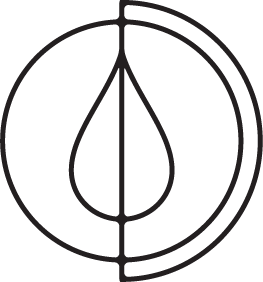

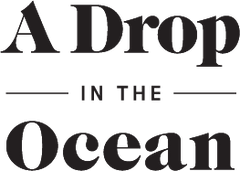
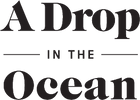


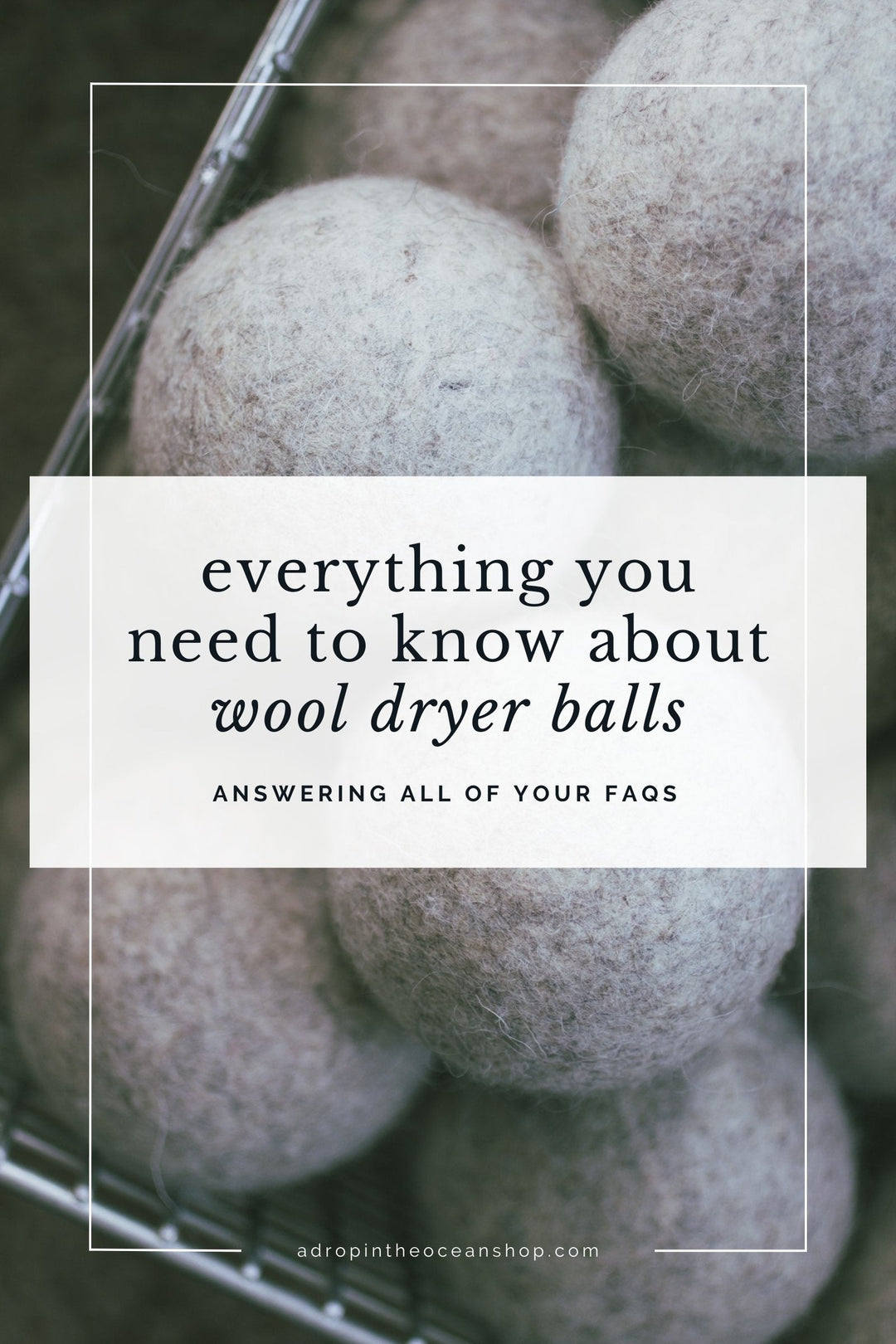

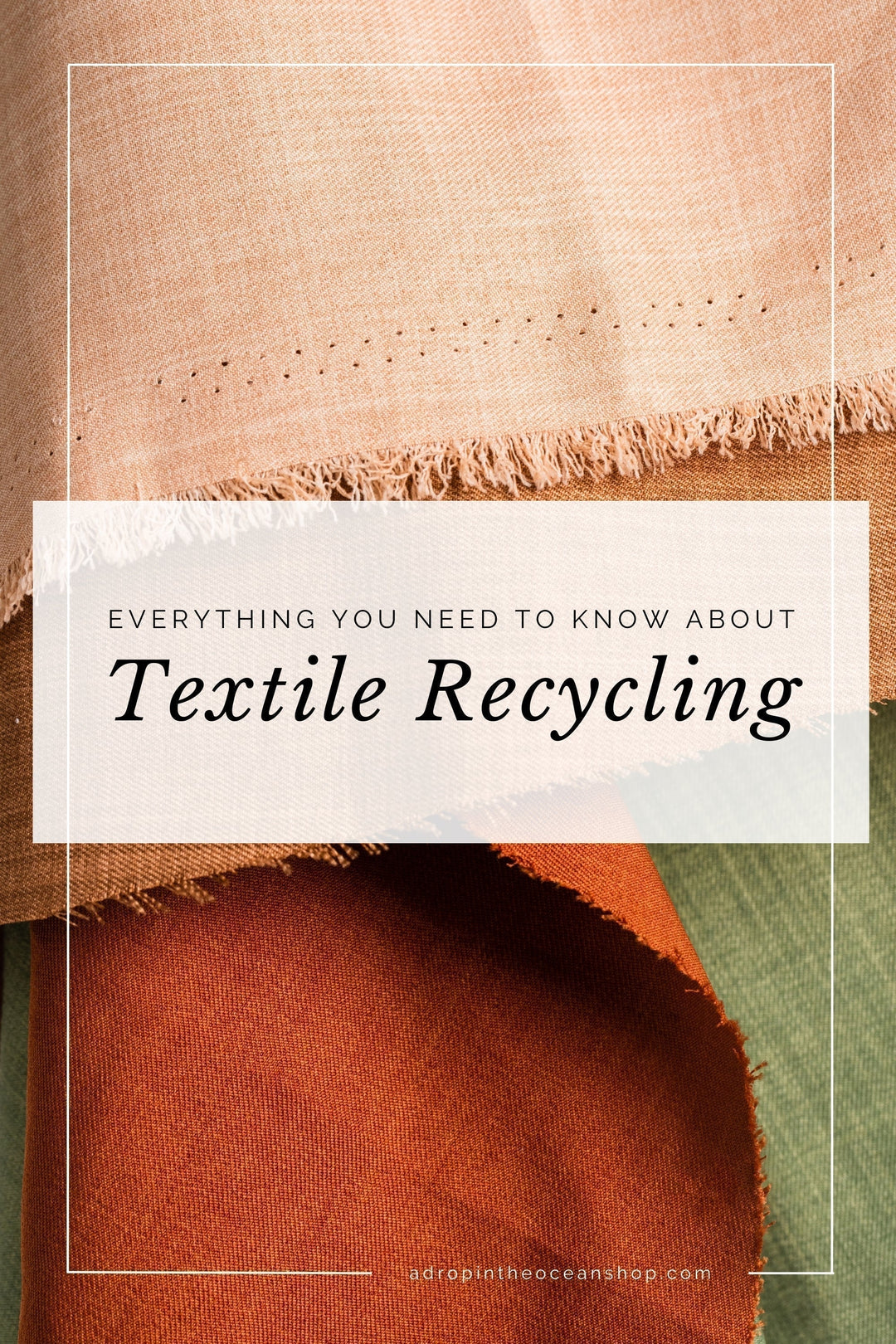
Leave a comment